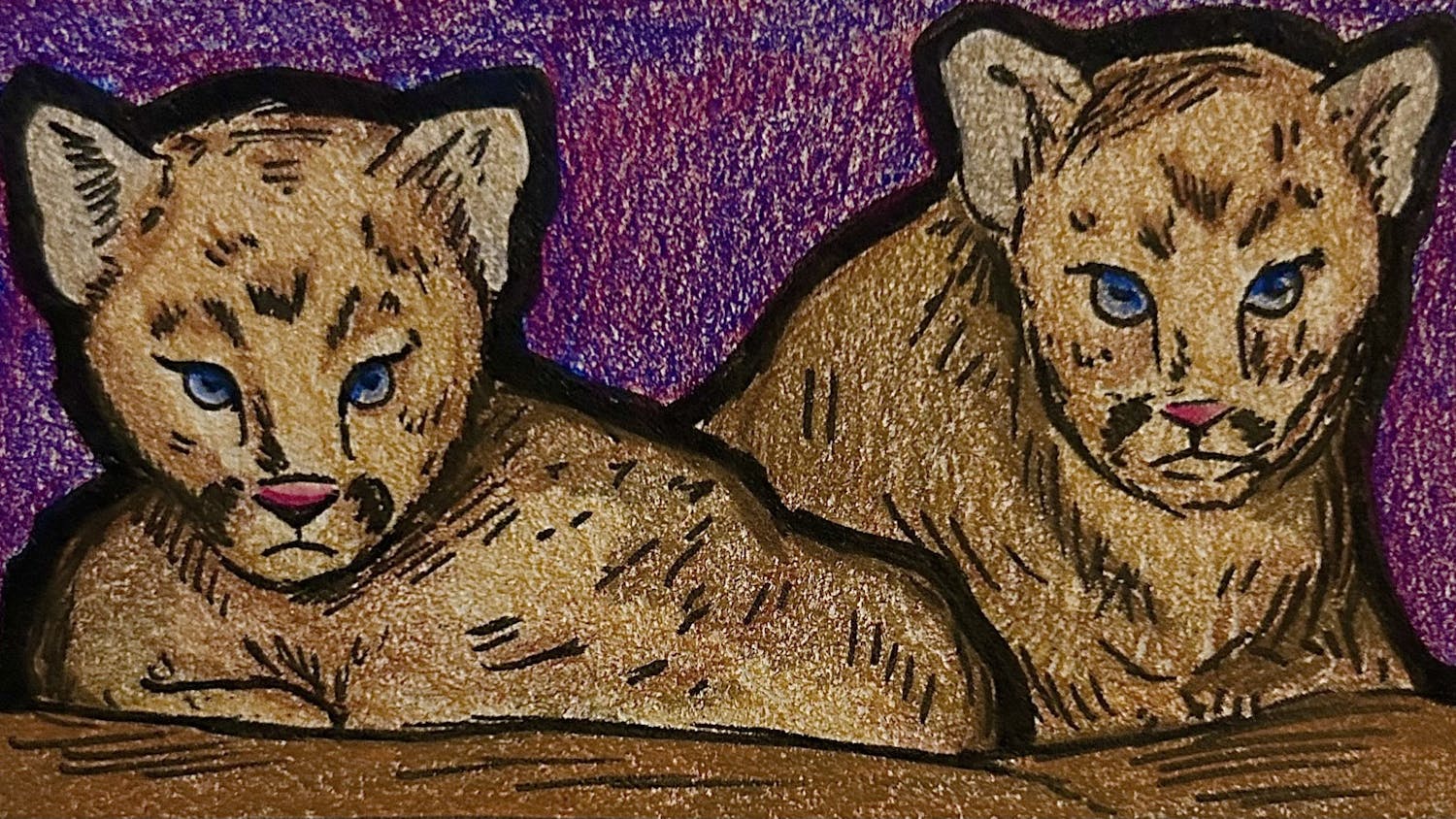From an ancient Mesopotamian plow to corroded engine parts, rusty remnants of past human life have long provided glimpses into worlds more colorful than their own reddish hue.
But according to UW-Madison geologist Clark Johnson, human history is not the only tale etched in iron. He and his team are sifting through the rock record for more stories, with settings ranging from the distant past to distant planets.
With the help of researchers Weiqiang Li and Brian Beard, Johnson has recently deciphered signs of ancient life forms in Western Australia’s Brockman Iron Formation. Much like humans, early microbes left behind artifacts of daily life. In this case, however, “daily life” meant something entirely different; these microbes recycled iron to produce energy.
The artifacts they left are also much smaller than a plow. The bacteria produced unique iron atoms with distinct masses, also known as isotopes. These isotopes, referred to by Johnson as “signatures of life,” allowed the scientists to trace nearly half of the Brockman Iron Formation to microbial origins. The finding disproves a long-held idea theory that iron originated solely from volcanic vents along ancient seafloor.
It also fills in some key blank spaces on the tree of life.
“Iron metabolisms are very deeply rooted, but we don’t have a hard age on when that begins,” said Johnson.
By sifting through the rock records and dating samples that contain “signatures of life,” Johnson and his team are assigning time points to these major natural events. “It’s really pretty fundamental to biology,” he said.
The UW-Madison team’s most recent discoveries in Australia, published in the Proceedings of the National Academy of Sciences, date microbial iron metabolism back 2.5 billion years. Samples from other parts of the world, however, could reveal even older starting points.
“From the practical perspective, all of our iron that we have comes from these banded iron formations,” said Johnson.“Since we can’t do anything with technology without iron, it’s kind of an interesting connection back to the ancient world.”
But Johnson and his team hope to connect their research to other worlds – literally.
“A lot of us believe Mars was habitable early in its history,” said Johnson. “Iron cycling on Mars is a huge thing, but we don’t know if there’s a biological component to it.”
Armed with funding from NASA, Johnson and his team hope to expand their search for these isotopes, or “signatures of life,” to the iron-rich crust of the “Red Planet.”
The research is all part of an exciting, multidisciplinary field called astrobiology.
“The long-term plan is to return samples from Mars,” said Johnson. “We would analyze them here, and compare them to what we saw on Earth and see if we could find parallels.”
While the Mars rovers are capable of analyzing rock samples, they lack the precision of Johnson’s laboratory equipment. He and his team use “laser ablation” to harvest microscopic fragments from larger rock samples.
Although sci-fi movies may depict a giant laser as a logical fit for a spaceship, the device in Johnson’s lab is simply too large to send to Mars. The samples must therefore make the long trip back to Earth.
Unfortunately, return trips have been stalled due to budgetary cutbacks. “When we started in the ‘90s, we were going to have sample return in the mid 2000s,” said Johnson. “That’s now way off for at least another decade or two. Whether I’ll still be a researcher then or retired, who knows?”
Despite these setbacks, Johnson takes solace in the opportunity to lay down the groundwork for future scientists to make their own miraculous discoveries.
“Maybe it will be some hot shot young grad student in 2030,” he said. “That’s how science works, right? We build on each other.”
Johnson’s words, like his research, reflect a certain selfless truth born out of wonder: Although we currently lack hard evidence of life on other planets, the curiosity that propels our eyes and intellect skyward is very much alive.
“It would be incredibly exciting to find these signals on Mars,” he said in conclusion.





